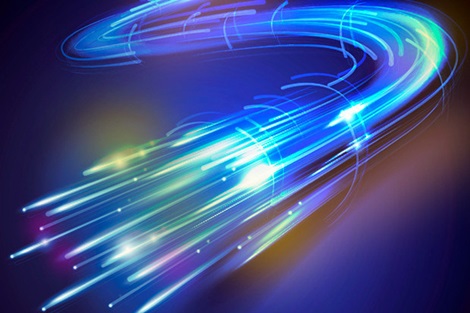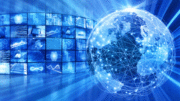This term “Edge” originates from local diagrams. It is the point where the traffic comes in and goes out of the system. Edge computing is a kind of distributed architecture where the data processing happens close to the data source viz. the “edge” of a system. This method decreases the requirement of bouncing the data back and forth between the device and the cloud and maintaining a consistent performance at the same time. As far as infrastructure is concerned edge computing is the network consisting of microlocal data centers used for processing and storage purposes. However, at the same time, the proceedings are overseen by the central data center to achieve valuable insights into local data processing.
Edge computing pros
Five categories describe the pros of using edge computing by a web development company:
-
Speed: Edge computing is responsible for processing the data on the spot or at your local data center. This leads to less latency. Data processing because of this is quicker than it would have been otherwise if the data had to be ping-ponged to and fro to the cloud.
-
Security: You will also find a fair share of concerns about IoT security but there is an upside to it as well. The standard cloud architecture is central. It makes things vulnerable to many troubles and DDOS. Edge computing can spread various entities such as processing, storage, and other related applications on local data centers and various devices. This kind of layout neutralizes any disruptions caused by the entire network.
-
Scalability: You will find the need for a blend of dedicated devices and local data centers for the expansion of computational resources and get a consistent performance. But, this expansion should not strain the bandwidth of the whole central network too much.
-
Versatility: Edge computing makes it possible to gather a large amount of valuable and diverse amounts of data. It handles the raw data and permits device service. Apart from this, a central network is capable of receiving the data already prepared for data analysis and machine learning.
-
Readability: As the operation proceeding takes place close to a user, the overall system is less dependent on the condition of the central network.
Cons of Edge computing
Edge computing is responsible for bringing a much-needed efficiency to IoT data processing. This allows it to maintain a consistent and timely performance but, there are also a couple of challenges involved in the good stuff. Five main challenges are coming from the implementation of edge computing applications. If you take a closer look here they are,
-
Network bandwidth: A conventional resource allocation scheme can provide a greater bandwidth to be used by data centers and the lower ends are received by the endpoints. When edge computing is implemented, these dynamics change to a great extent with a significant bandwidth requirement for data processing to ensure a useful workflow. The challenges, in this case, are maintaining a balance, and at the same time maintain higher performance.
-
Geolocation: Edge computing is responsible for raising the role of location in data processing. For maintaining proper workload and delivering consistent results various businesses must have a presence in the localized data centers.
-
Security: The centralized infrastructure used by a Cloud allows unified security protocols while edge computing needs enforcement of the protocols in the case of remote workers. It is more difficult to analyze traffic patterns and protocols for remote servers.
-
Backup and Data loss protection: The Cloud infrastructure permits integration of a data loss protection system that is system-wide. A decentralized infrastructure like the one used by edge computing needs more management and monitoring systems for handling the data from the edge.
-
Watching the framework: The framework used in edge computing needs a different approach for access management and data storage. The centralized infrastructure permits unified protocol but edge computing means you need to watch all the edge points.
Conclusion
Adoption of Cloud took data analytics to another level as the interconnectivity brought about by the cloud made for a more thorough approach for capturing and analyzing data. Things have become more efficient with edge computing with the quality of business operations increasing.





